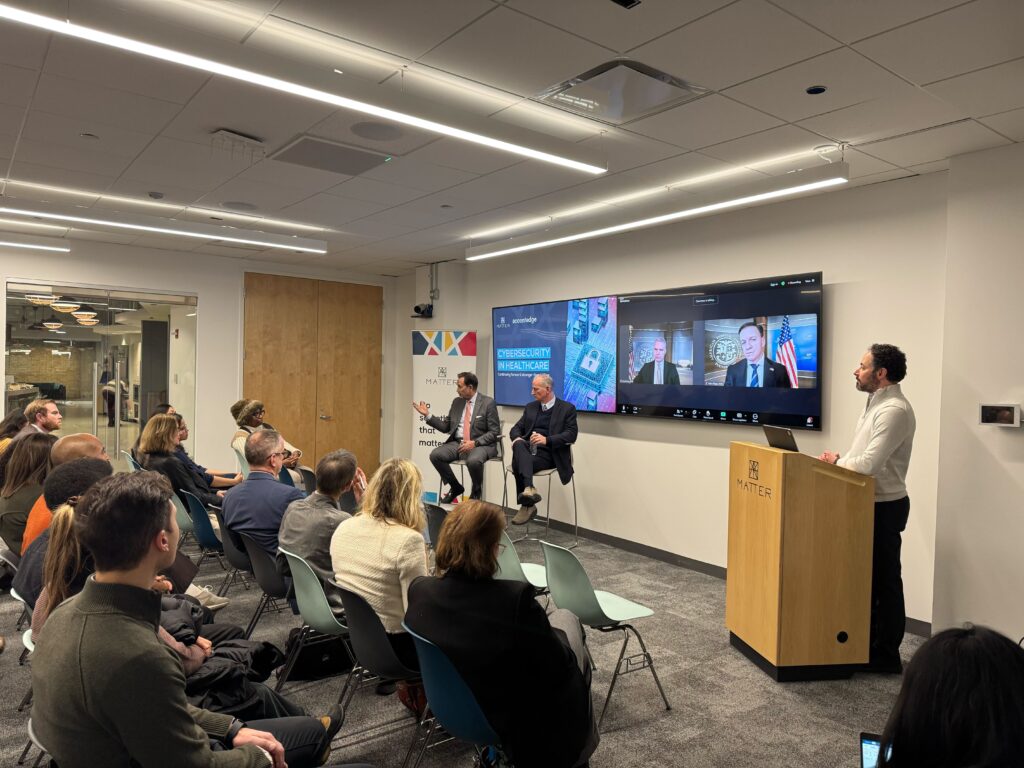Navigating Healthcare Cybersecurity in 2025
In 2025, the U.S. healthcare sector is poised to confront escalating cybersecurity challenges amid significant regulatory and administrative shifts.
Escalating Cyber Threats
Cyberattacks in healthcare are rising, with nearly 400 incidents reported last year. As a result, ransomware groups like LockBit 3.0 and BlackCat/ALPHV are using increasingly advanced tactics. Additionally, outdated medical devices and system misconfigurations remain critical vulnerabilities. Therefore, stronger security measures are urgently needed to mitigate risks.
Regulatory Developments
In response to these threats, the Department of Health and Human Services (HHS) proposed changes to the HIPAA Security Rule in December 2024. Specifically, these updates include multifactor authentication, encryption, and compliance audits to protect electronic health data. Consequently, implementation could cost $9 billion in the first year and $6 billion annually.
However, the future of these regulations remains uncertain. So far, President Trump has not addressed the cybersecurity crisis, and his administration may alter healthcare policies. Moreover, the appointment of Robert F. Kennedy Jr. as Secretary of Health and Human Services adds further uncertainty. As a result, many industry professionals are questioning the administration’s stance on data privacy and security.
Administrative Changes and Their Implications
Meanwhile, Elon Musk’s Department of Government Efficiency (Doge) has sparked concerns within the healthcare sector. Because of this initiative, layoffs have occurred at key health agencies, including the CDC. Consequently, experts warn that Musk’s access to sensitive Medicare and Medicaid data could pose risks to public health. Furthermore, the potential misuse of patient data and weakened regulatory oversight continue to be major concerns.
State-Level Initiatives
Amid these federal uncertainties, some states are taking proactive measures. For instance, New York passed the Health Information Privacy Act to protect consumer health data, particularly for reproductive care. Additionally, this law limits data sales by apps and aims to curb big tech’s control over user information. Given these developments, other states may follow suit in strengthening healthcare data privacy.
Challenges for Healthcare Providers
On the other hand, smaller healthcare providers struggle to meet evolving cybersecurity demands. Since many operate with limited resources, compliance becomes increasingly difficult. In addition, new federal regulations could impose heavy costs, further increasing financial strain, especially in rural healthcare settings.
Conclusion
In summary, the U.S. healthcare sector faces rising cyber threats and shifting regulations in 2025. Because of these changes, federal and state responses will shape the industry’s security landscape. Therefore, stronger cybersecurity investments and adaptive policies are crucial. Ultimately, safeguarding patient data and ensuring system resilience must remain a top priority.
